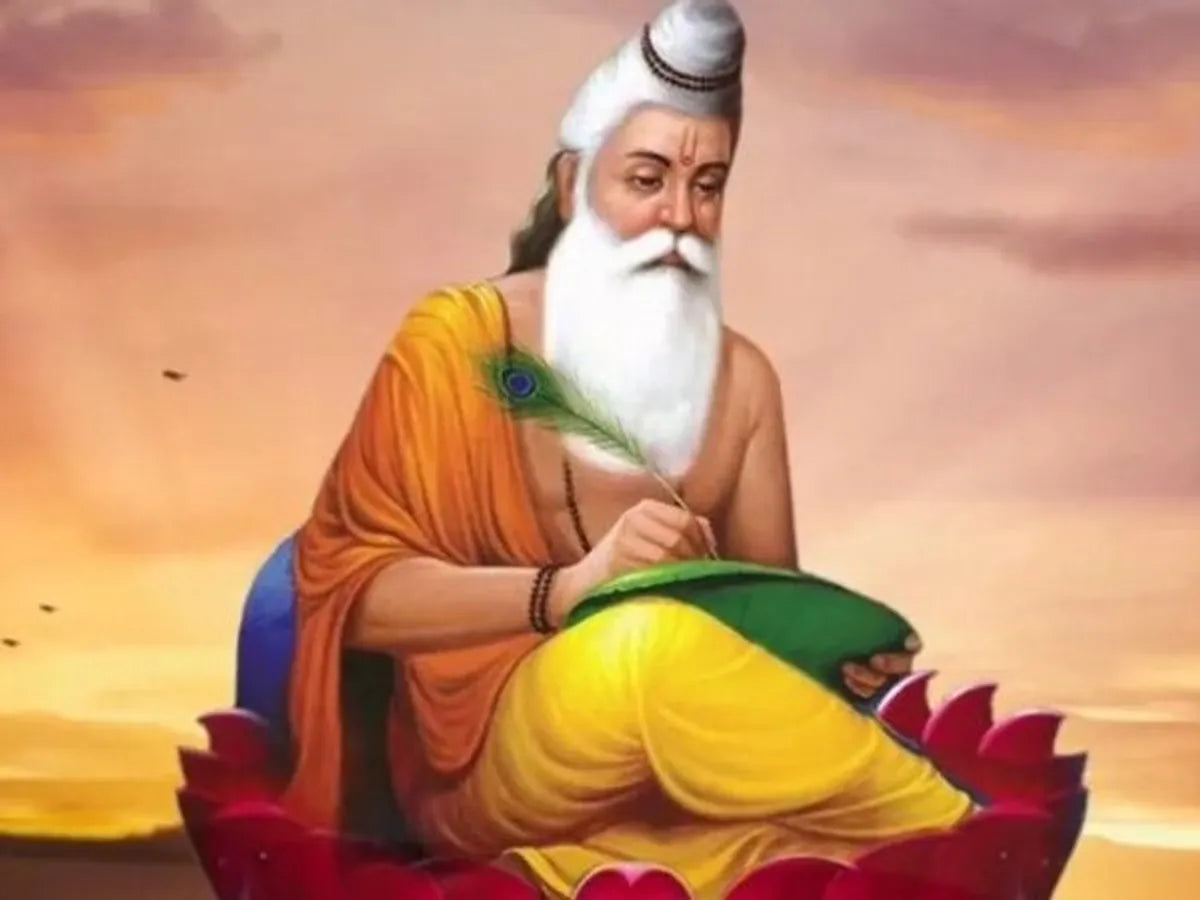Article: The Significance of Bhagavad Gita in the Context of Upanishads and Puranas

The Significance of Bhagavad Gita in the Context of Upanishads and Puranas
The Bhagavad Gita, often referred to as the Gita, holds a unique and central place in the context of the Upanishads and Puranas, two profound bodies of ancient Indian scriptures. Combining spiritual wisdom, ethical dilemmas, and philosophical insights, the Bhagavad Gita encapsulates the essence of Hindu thought and spirituality. In this blog, we explore the profound significance of the Bhagavad Gita in the context of the Upanishads and Puranas, shedding light on its timeless teachings and enduring impact on spiritual seekers across the ages.
- Contextualizing the Bhagavad Gita
The Bhagavad Gita is a 700-verse scripture that appears within the Indian epic, the Mahabharata, specifically in the dialogue between Prince Arjuna and Lord Krishna on the battlefield of Kurukshetra. As a sacred conversation, the Gita touches upon various themes related to duty, righteousness, self-realization, and the nature of existence, bringing together the spiritual essence of the Upanishads and the narrative richness of the Puranas.
- Upanishadic Wisdom: The Quest for Self-Realization
The Bhagavad Gita draws extensively from the Upanishadic wisdom, particularly in its exploration of self-realization and the nature of the eternal self (Atman). The teachings of the Gita mirror the Upanishadic concept of the oneness between individual consciousness (Atman) and the universal reality (Brahman). This unity is eloquently captured in verses such as "I am the Self, O Gudakesha (Arjuna), seated in the hearts of all creatures. I am the beginning, the middle, and the end of all beings" (Bhagavad Gita, 10.20).
- Ethical Dilemmas and Moral Guidance
The Bhagavad Gita addresses the ethical dilemmas faced by Arjuna, who is torn between his duty as a warrior and his compassion for his kinsmen on the battlefield. The Gita's teachings on righteous action (Dharma) and the concept of selfless service (Nishkama Karma) reflect the moral guidance found in the Puranas, which also emphasize the significance of acting in alignment with one's duty and virtuous conduct.
- The Path of Devotion (Bhakti) and Surrender
The Gita introduces the path of devotion (Bhakti) as a means of attaining spiritual realization. Lord Krishna encourages Arjuna to surrender his ego and actions to the divine, echoing the devotional themes found in various Puranic narratives, where devotees express profound love and devotion to their chosen deities.
- Yogic Disciplines and Self-Mastery
The Gita discusses various paths of Yoga, encompassing Jnana Yoga (Yoga of Knowledge), Karma Yoga (Yoga of Selfless Action), and Bhakti Yoga (Yoga of Devotion). These paths of self-discipline and self-mastery align with the principles found in both the Upanishads and the Puranas, where seekers are encouraged to develop inner strength and spiritual growth through contemplation, ethical living, and devotion.
- The Call to Transcendence and Liberation
At its core, the Bhagavad Gita offers a call to transcendence, encouraging seekers to rise above the ephemeral nature of the material world and seek liberation (Moksha) from the cycle of birth and rebirth. This pursuit of ultimate freedom echoes the central themes found in the Upanishads and resonates with the spiritual quest for enlightenment in the Puranas.
Conclusion
The Bhagavad Gita's profound significance in the context of the Upanishads and Puranas lies in its ability to synthesize spiritual wisdom, ethical dilemmas, and philosophical insights within a narrative framework. Drawing from the Upanishadic teachings of self-realization and the Puranic themes of devotion, righteous action, and self-discipline, the Gita offers a holistic and profound understanding of human existence and the path to spiritual liberation.
As an enduring spiritual guide, the Bhagavad Gita continues to inspire countless seekers on their individual journeys of self-discovery, inner transformation, and self-realization. Its universal appeal and relevance make it a timeless scripture, a spiritual gem that continues to shine across cultures and generations, bridging the timeless wisdom of the Upanishads and the narrative allure of the Puranas.
By Nishita Khanna
(The images used in this blog post are not owned by Anime Devta, they are just to help the readers)

Leave a comment
This site is protected by hCaptcha and the hCaptcha Privacy Policy and Terms of Service apply.